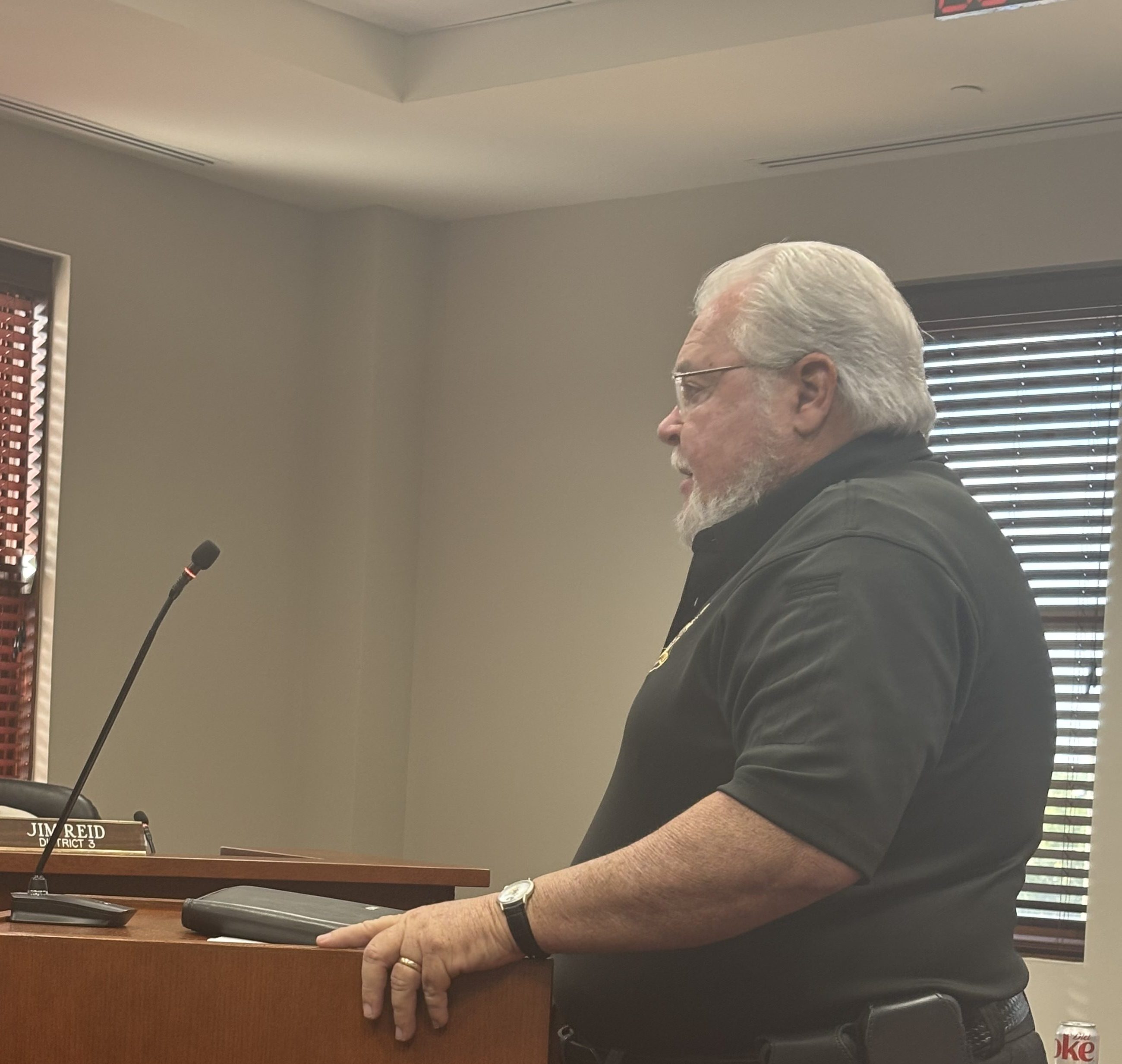Oklahoma considers executions by gas
Published 7:45 pm Tuesday, February 10, 2015
OKLAHOMA CITY — An untested method of executing prisoners that involves nitrogen gas could become the state’s preferred method should lethal injections be ruled unconstitutional.
At least two lawmakers want Oklahoma to adopt nitrogen hypoxia as a less painful death than the electric chair or firing squad — the current alternatives to lethal injection executions. The method would administer the odorless, colorless gas to gradually cut off a condemned prisoner’s oxygen supply.
Separate versions of the proposal advanced in House and Senate committees Tuesday.
But Rep. Emily Virgin, D-Norman, opposed the measure, questioning why it’s acceptable for use on humans when other states have forbidden its use to euthanize animals.
Rep. Mike Christian, R-Oklahoma City, who authored the House bill, says the method is more humane than the electric chair or firing squad.
He said he pursued the bill following the clumsy execution of Clayton Lockett by lethal injection on April 29, 2014, a procedure that lasted more than 40 minutes. An investigation found that an IV administering the deadly cocktail through Lockett’s groin came loose, prolonging his death.
Lethal injection remains Oklahoma’s preferred method of execution, and the state depends on three drugs in its procedures — vecuronium bromide, potassium chloride and midazolam.
But its method has drawn intense scrutiny following Lockett’s death, as well as prolonged executions elsewhere involving the use of midazolam.
The U.S. Supreme Court announced this year its plans to review the constitutionality of the state’s procedure amid questions over whether it causes the condemned to suffer an agonizing death. All planned executions in the state have been halted pending a ruling form the court.
Should lethal injections be deemed unconstitutional or if the drugs become unavailable, state law allows for executions by electric chair.
Should that method fail or be deemed illegal, the next alternative is firing squad.
In a statement, Sen. Anthony Sykes, R-Moore, who authored the Senate version of the nitrogen hypoxia bill, touted it as allowing the state to proceed with executing the “most heinous criminals” despite court intervention.
“The death penalty is a just and appropriate punishment for our worst criminals, and nitrogen hypoxia is recognized as one of the most humane methods for carrying out the sentence,” he said. “It is important that the Legislature act to ensure the will of the people of Oklahoma will not be dismissed by the courts.”
However, little is known about its use as an execution procedure.
An East Central University study conducted at the request of legislators found that no other states or countries have used it for executions.
Researchers relied on literature and experiences reported by pilots suffering from oxygen deprivation to reach conclusions that the method would be painless and humane.
Officials could not find any medical professionals to assist in the analysis because of ethical concerns.
The study also relied, in part, on YouTube videos of children sucking too much helium from balloons then passing out from lack of oxygen to illustrate the concept.
While inmates may convulse following unconsciousness using hypoxia, which would take about five minutes to kill, supporters of the method say there is no evidence that a person suffers pain during those final moments.
Christian told lawmakers during Tuesday’s committee hearing that the Oklahoma State Penitentiary in McAlester wouldn’t need to any money to update its death chamber.
Experts already are formulating a mask or bag to place over an inmate’s head to administer the nitrogen gas in the current chamber, he said.
The bills now require votes in the House and Senate to advance.






